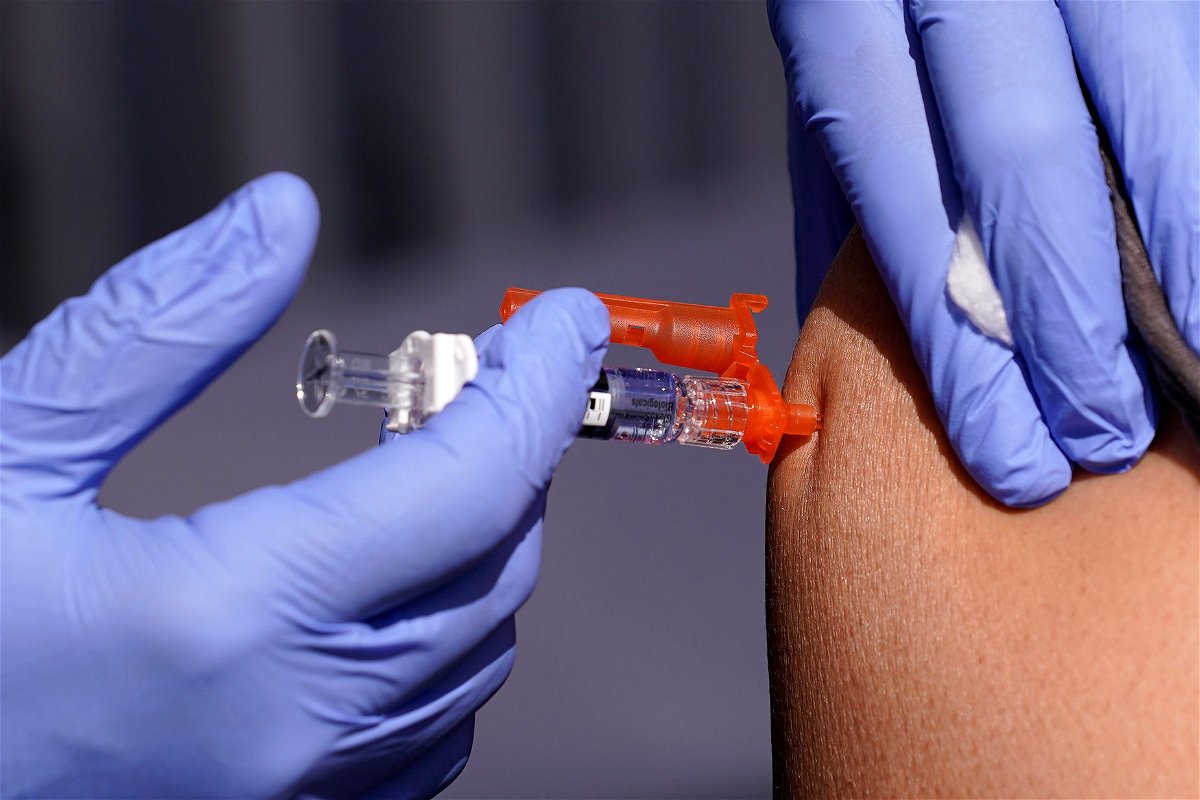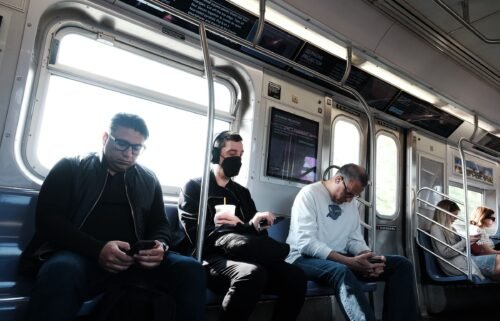Respiratory virus activity is high or increasing in most parts of the US and it still hasn’t peaked

The CDC said there is an “urgent need” to boost low vaccination rates amid increasing levels of respiratory disease in the US.
(CNN) — Respiratory virus season is well underway in the United States, and the US Centers for Disease Control and Prevention warns that the peak is still to come. Low vaccination rates leave many people at risk for severe disease and health care systems vulnerable to increased strain.
“COVID-19 hospitalizations are rising quickly. Since the summer, public health officials have been tracking a rise in multisystem inflammatory syndrome in children (MIS-C), which is caused by COVID-19. Influenza activity is growing in most parts of the country. RSV activity remains high in many areas,” the CDC wrote in an update on its website Thursday.
“In some parts of the country, hospital beds for children are already nearly as full as they were this time last year. If these trends continue, the situation at the end of this month could again strain emergency departments and hospitals. Strain on the healthcare system could mean that patients with other serious health conditions may face delays in receiving care.”
Flu hospitalizations rising fastest
During the week ending November 25, there were more than 8 hospitalizations related to respiratory viruses for every 100,000 people in the US, according to CDC data — a 52% increase over the past month. Covid-19 still accounts for most of those hospitalizations, but hospitalizations for flu and RSV are rising faster.
Overall, there have been about half as many respiratory virus hospitalizations this season compared with a similar time last year. But the latest forecast from the CDC suggests that this season will result in a similar number of hospitalizations as last season — with rates well above those from pre-pandemic seasons.
“Vaccination remains the best way to protect yourself and your loved ones against serious outcomes of these viral respiratory illnesses,” the CDC says, and “high immunization uptake could reduce the number of hospitalizations substantially.”
But vaccination rates remain low, and the CDC said Thursday that there is an “urgent need” to boost vaccination coverage amid increasing levels of respiratory disease.
Where viruses are spreading
Flu-like activity is highest across the South, but levels are high or moderate in nearly half of US states, CDC data shows. Doctor’s office visits for influenza-like illness — with symptoms that include a fever, along with a cough or sore throat — have been above the national baseline for six consecutive weeks, and they’re now above baseline in all 10 geographic regions.
This season, the CDC estimates that there have been at least 3.7 million illnesses, 38,000 hospitalizations and 2,300 deaths from flu this season.
Nationally, viral activity for Covid-19 detected in wastewater — a leading indicator of transmission — is high and rising quickly. Levels are highest in the Midwest, where wastewater data from the CDC indicates Covid-19 is spreading more than it has since the Omicron wave two years ago.
There are signs that RSV activity has reached its peak in the US, as test positivity rates and emergency department visits have started to tick down. But RSV hospitalization rates are still higher than they’ve been at any point for the past five years, except for last season’s peak.
Overall, seniors have had the highest hospitalization rate for respiratory viruses this season. About 230 of every 100,000 people 65 and older have been hospitalized with Covid-19, flu or RSV since the start of October. But young children have seen similarly high rates. In the week ending December 2, about 33 out of every 100,000 children younger than 5 were hospitalized for respiratory disease, nearly all of which were due to RSV.
Along with vaccination, the CDC recommends testing, treatment and “everyday prevention measures” such as covering coughs and sneezes and staying home when sick to help reduce the spread and impact of illness.
“These tools that protect us — vaccines … testing and treatment and washing hands and ventilation and masks — all of these things are layers of protection that help make sure that we can weather this season,” CDC Director Dr. Mandy Cohen said at an event on Tuesday.
The-CNN-Wire
™ & © 2023 Cable News Network, Inc., a Warner Bros. Discovery Company. All rights reserved.


